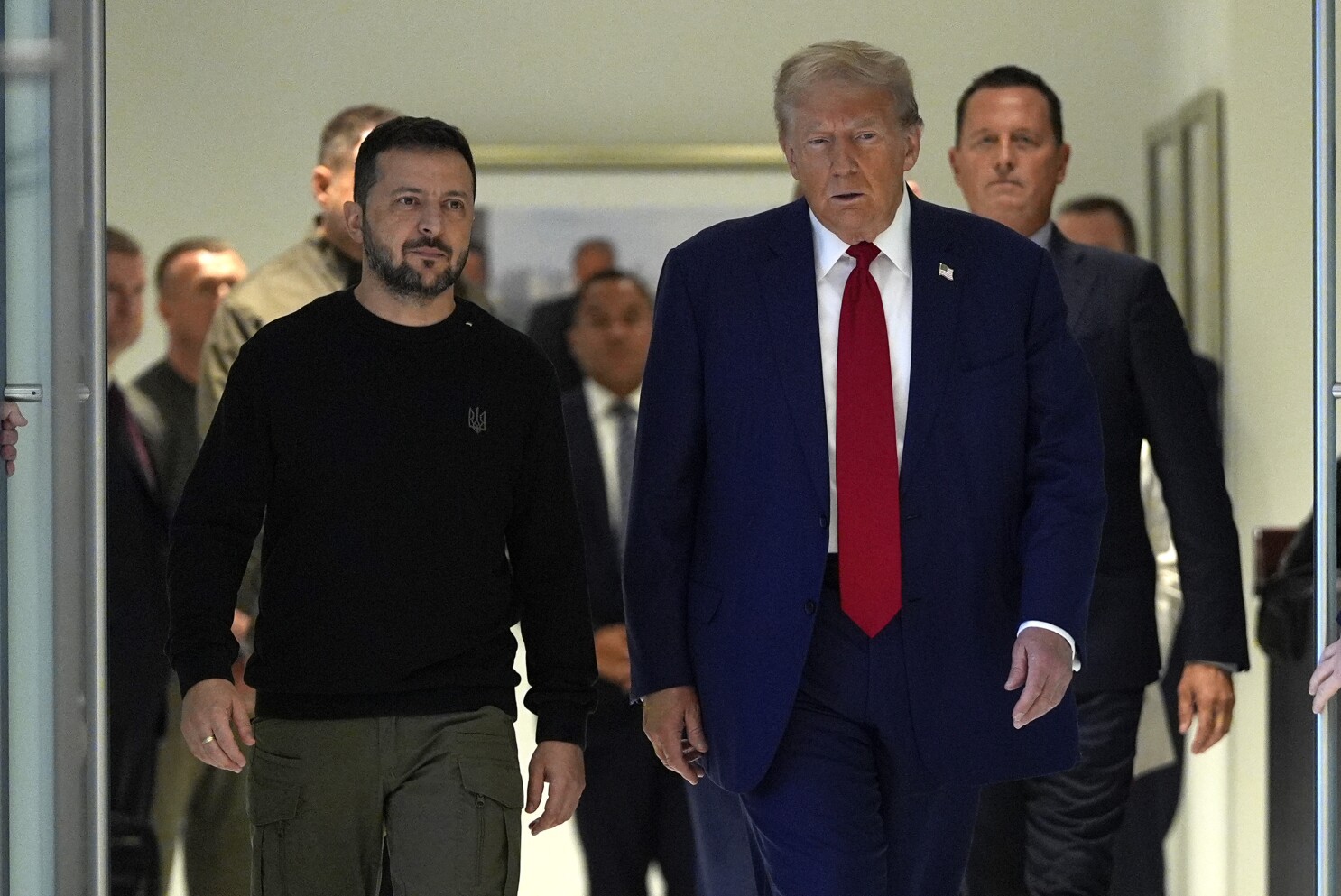It has been more than one month into the Trump administration and there have been significant changes to American foreign policy. Let us and go examine the current American government’s policy on the war in Ukraine, and why it is problematic.

Background
On February 24, 2022, Russia invaded Ukraine on the pretense of a “special military operation” aimed to wipe out what it said was an “illegitimate state” committing genocide against ethnic Russians in the eastern regions of the country. While initially achieving success and almost taking the capital of Kyiv, Russian forces have since retreated, being confined to the eastern region and currently holding 20% of the country. North Korean forces were deployed to assist Russia in the latter half of 2024. Russia itself has been accused of various human rights crimes committed during the war, with arrest warrants being issued for Russian President Vladimir Putin and several other Russian officials.

Situation as of February 5, 2025
The United Nations has repeatedly condemned the invasion of Ukraine through various resolutions passed in the General Assembly, with many countries imposing sanctions on Russia. Many Western countries including the United States have sent military aid to Ukraine, which bolstered the war effort and has assisted in preserving Ukraine from the onslaught of Russian invasion.
The Trump Administration
In the 2024 election, Donald Trump ran on a more Ukraine-skeptic campaign, vowing to end the war and stop the “endless flow of American treasure to Ukraine”.
There has since then been a shift in American foreign policy as the United States has become more favorable to Russia. Trump’s defense secretary Pete Hegseth has stated that a return to Ukraine’s pre-2014 borders was “unrealistic” and that NATO membership for the country was impossible (he later seemed to backtrack on his remarks, saying that “everything is on the table” for negotiations). President Trump later held a call with the leaders of Russia, agreeing with Putin that they would both start negotiations and visit each other’s countries. Accordingly, Ukraine was not present at the first set of negotiations held in Saudi Arabia.
Ukraine and other European countries were understandably alarmed by the U.S.’s unilateral opening of negotiations with Vladimir Putin and the apparent giving of concessions to Russia. Ukrainian President Volodymyr Zelensky and other Ukrainian officials have repeatedly said that Ukraine must have a seat at the negotiation table for it to accept any agreement.
President Trump has also become more hostile towards Ukraine’s leadership. After Ukraine rejected a proposed deal that would give ownership of half its mineral and oil resources to U.S. companies as “payment” for U.S. support, Trump seemingly blamed Ukraine for starting the war, said that the country should hold new elections, and that Zelensky only had a 4% approval rating, echoing common Kremlin talking points that Zelensky is an illegitimate leader. After Zelensky said that the U.S. president was living in a “Russian disinformation bubble”, Trump doubled down on his comments and called Zelensky a “dictator”. Trump later backtracked somewhat on his comments, admitting on February 21st that Russia had indeed attacked Ukraine but blaming his predecessor Joe Biden and Zelensky for failing to prevent that. Another more baffling policy shift was made when, on the third anniversary of Russia attacking Ukraine, the U.S. voted against a U.N. General Assembly resolution that condemned Russia (the resolution passed with 93 votes in favor and 18 votes against). Even China and Iran, typically Russian allies, did not vote for the resolution. The U.S. also supported a resolution before the U.N. Security Council that did not call Russia the aggressor in Ukraine.

The results of the vote on United Nations General Assembly Resolution A/ES-11/L.10, held on February 24, 2025
Conclusion
After the scuffle with President Trump, Ukraine’s Zelensky is flying to Washington on February 28th to meet President Trump and sign off on giving ownership of mineral and oil resources to the United States. It seems as though Kyiv has been forced to do this because it desperately needs Washington’s continued backing to win the war. Zelensky was left with no choice but to bow to Trump. Trump, for his part, has softened his stance on the Ukrainian president, claiming that he does not remember calling Zelensky a dictator.
President Trump has failed to realize the benefits of continued U.S. military support to Ukraine, whether it be the profit that American military companies and contractors get from the military aid being sent to Ukraine, European countries contributing more than ever to NATO’s overall military spending via its military support to Ukraine (which actually exceeds that of the U.S.), and the continued degradation of Russian military power without a single American military casualty. These are remarkable things. Supporting Ukraine allows the United States to continue its influence and relevance on the world stage.
This is why President Trump’s policy so far in Ukraine has been blatantly disrespectful to an American ally and has disregarded the real reasons why this war is happening in the first place. Trump’s initial actions indicate that he is allying himself with Vladimir Putin, a ruthless dictator who kills his opponents and has commanded the Russian military to conduct war crimes against Ukraine and its people. It aligns with the continued theme of Trump turning his back on traditional allies in Canada and Europe and becoming cozier with Russia and its axis of evil. While the United States is 100% within its rights to ask for repayment in exchange for the billions of dollars of aid being sent to Ukraine, Trump’s behavior is ultimately still unbecoming of an American president.
Emil Ordonez, a rising college freshman, is the founder and editor-in-chief of Polinsights. He has been deeply passionate about politics and history since learning every U.S. President at the age of five. He was compelled to start this blog after meeting many people who were misinformed or had become apathetic about how society worked. He hopes to provide factual knowledge and insights that will encourage people, especially the young, to get more engaged in their respective communities. In his free time, he edits for Wikipedia and makes maps for elections. He aspires to work in Congress or even the White House in the future.


Leave a Reply